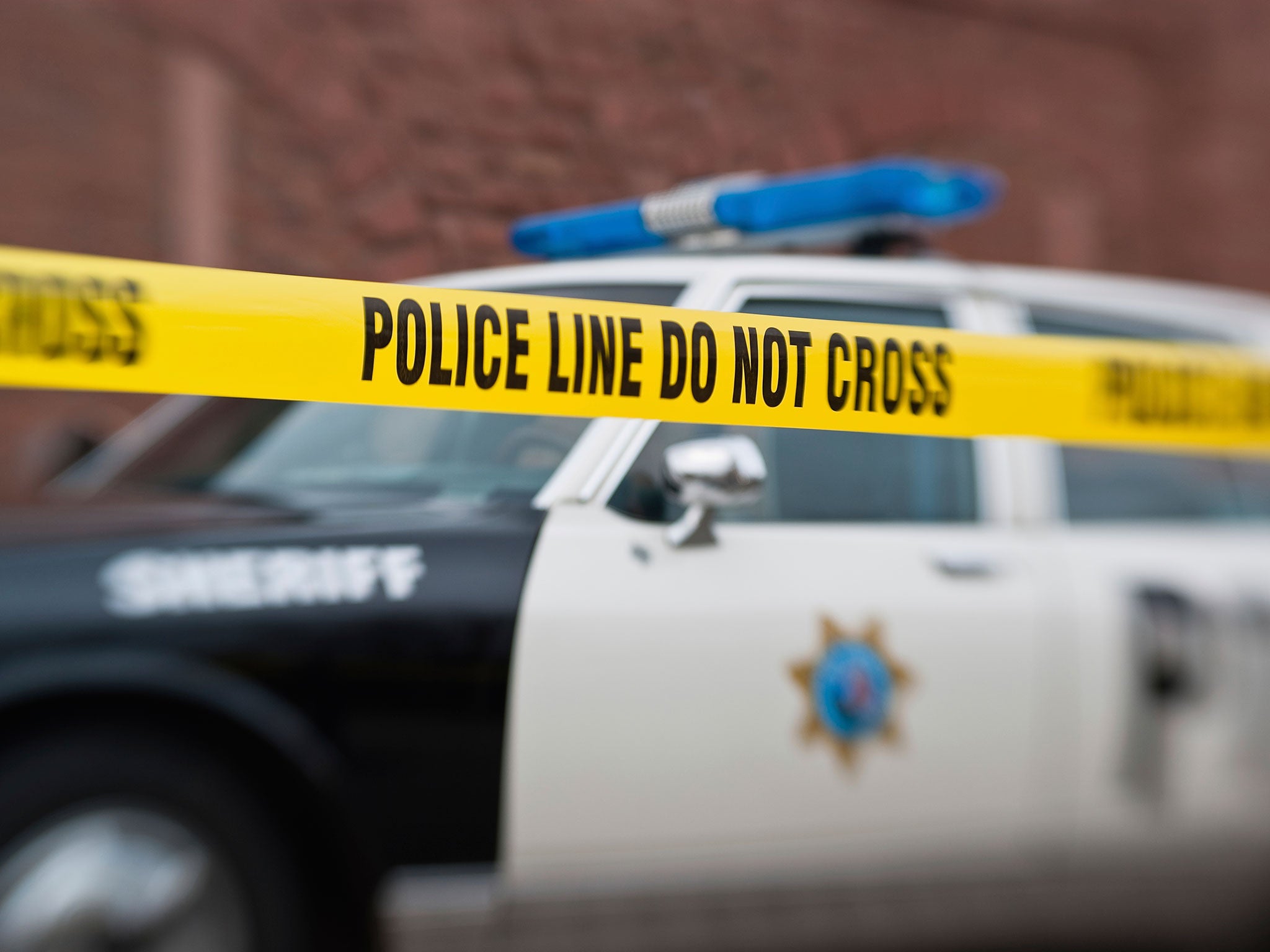Austin police shooting: Officers end up killing distressed wife of man who phoned for help

Your support helps us to tell the story
From reproductive rights to climate change to Big Tech, The Independent is on the ground when the story is developing. Whether it's investigating the financials of Elon Musk's pro-Trump PAC or producing our latest documentary, 'The A Word', which shines a light on the American women fighting for reproductive rights, we know how important it is to parse out the facts from the messaging.
At such a critical moment in US history, we need reporters on the ground. Your donation allows us to keep sending journalists to speak to both sides of the story.
The Independent is trusted by Americans across the entire political spectrum. And unlike many other quality news outlets, we choose not to lock Americans out of our reporting and analysis with paywalls. We believe quality journalism should be available to everyone, paid for by those who can afford it.
Your support makes all the difference.The man told a 911 operator that his wife was in distress. He wanted a mental health officer sent to their south Austin apartment to help calm things down.
Austin police changed their tactics when the man warned that the situation had grown perilous: His wife, he said, had picked up a gun.
Instead of the mental health officer responding to the Club at Summer Valley apartments, two other officers crept closer to building 744. They put cover between themselves and the distraught woman’s apartment, cautious as they tried to make contact.
She found them first, emerging suddenly from a breezeway — her arm extended, a gun pointed at officers.
“She extended the weapon towards the officers and said ‘Shoot me. Shoot me. Kill me,’ ” Assistant Chief Troy Gay told reporters at a news conference early on Sunday.
“The officers were giving her verbal commands the whole time telling her to drop the weapon.”
Instead, Gay said, she edged closer to the officers.
Both officers fired, Gay said. The woman fell to the sidewalk, wounded. But she still had the gun.
“The female was still moving,” Gay said. “The weapon was still underneath her. And she . . . was still a threat.”
Other officers had arrived by that point, and the group tried to disarm her without getting shot, Gay said. On the ground, she continued to ask officers to kill her.
“As they were approaching her to disarm her, the female had the weapon in her hand,” Gay said.
An officer fired several more shots. The woman was pronounced dead at the hospital a short time later. The department has not released her name, or the names of the officers involved in the shooting. They also haven’t said what, if any, mental illness the woman had. Police say her husband requested an officer specially trained to deal with people having mental health issues.
Several neighbours heard parts of the fatal confrontation, according to Austin ABC-affiliate KVUE.
Sebastian Cardena told the station he had just gotten home from celebrating his 21st birthday.
He heard “a loud scream and five pops and then silence and three more pops.”
Zorado Plaza, who has lived in the apartment complex for six years, said the gunfire woke him.
“I just heard gunshots. I woke up from my heavy sleep and I’m like, did I hear that correctly? And then I heard it again,” he told KVUE.
Still, police said there were no direct witnesses to the killing, the eighth officer-involved shooting this year in Austin, according to the station.
Austin police have been scrutinized after a recent study showed that officers there are more likely to use force on black suspects than Hispanics or whites, according USA Today.
The report, which analyzed data from 2014 and 2015, also showed that black motorists were more likely to be searched than whites or Hispanics.
Police shootings in general have been under the microscope amid a national debate about whether officers are too quick to use force, especially against blacks.
An ongoing analysis by the Washington Post has found that police officers across the country have fatally shot civilians at least 762 times this year — and that about a quarter of those killed were mentally ill or experiencing an emotional crisis. Of the fatal shootings in 2016, 179 of them involved mental illness and 40 of those victims were explicitly suicidal. Ratios were similar last year, according to a 2015 Post analysis.
The project found that officers often lack the training to approach mentally unstable people.
According to the investigation, severe budget cuts for psychiatric services have created a hole that local police departments are being asked to fill. Departments have struggled to meet the challenge.
Although recruits typically spend nearly 60 hours learning to handle a gun, according to a study by the Police Executive Research Forum, they receive only eight hours of training to de-escalate tense situations and eight hours learning strategies for handling the mentally ill.
“We as a society need to put more money and funding into treating the mentally ill. We need to work with these people . . . before they end in tragedy,” Mike Carter, the police chief in Sand Springs, Okla., previously told The Washington Post.
Copyright: Washington Post
Join our commenting forum
Join thought-provoking conversations, follow other Independent readers and see their replies
Comments